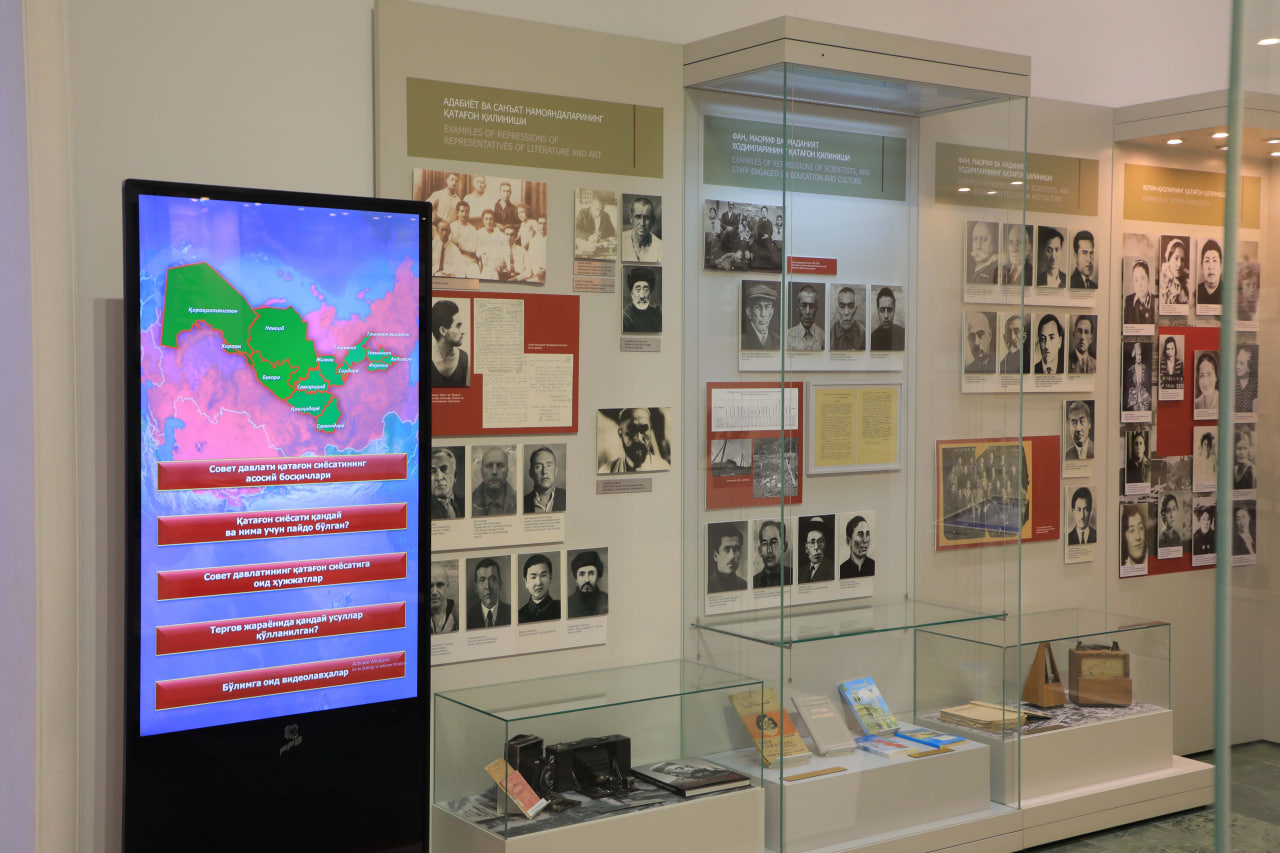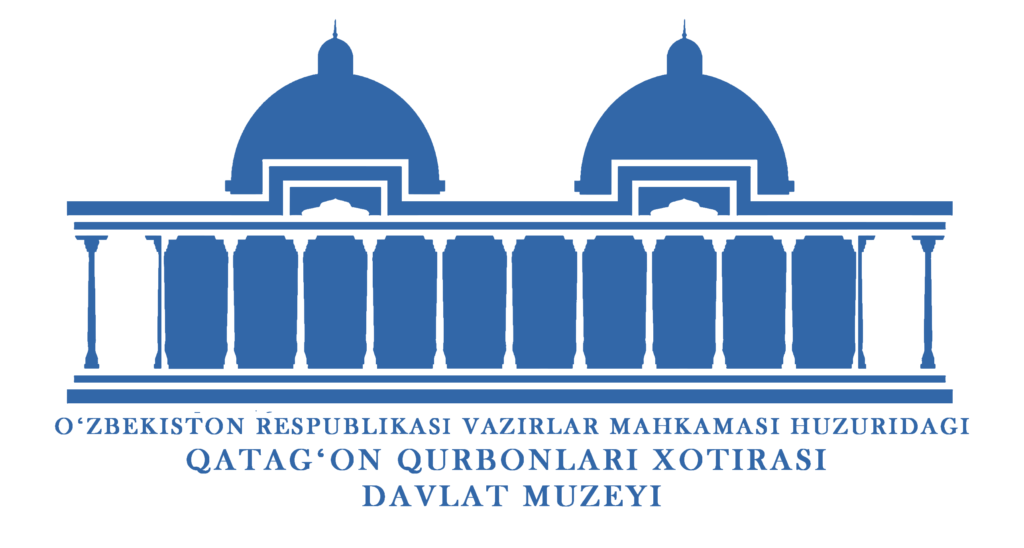SECTION 1: The conquest of Central Asia (Turkestan) by Tsarist Russia and the struggle of the local people against it
This section is devoted to the history of the colonial period of Uzbekistan. It was during this period that thousands of patriotic and devoted children of our people died during the struggle for the country’s independence, liberty and freedom. The colonial period, which lasted almost 150 years, was a period of constant struggle. Therefore, reflecting the historical truth about the ancestors who died on the path of independence, perpetuating their memory is one of the important directions of the museum exposition.
The exhibits included in the exposition of the department consist of materials related to the chronology of the conquest of Central Asia by Tsarist Russia and the struggle against colonial oppression.
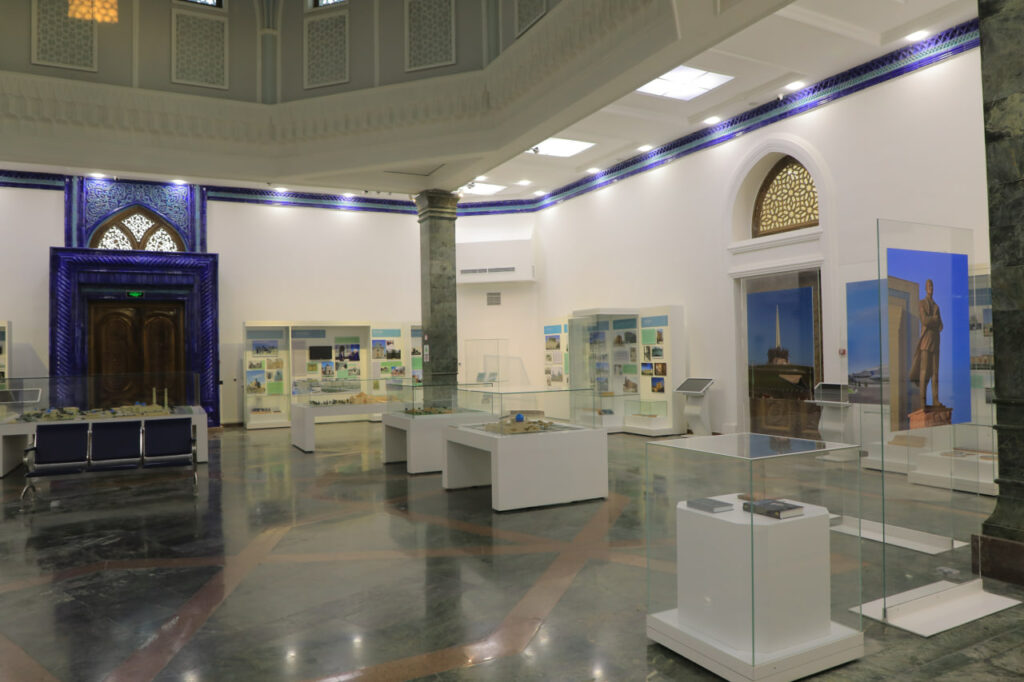
SECTION 2: National revival movement, its manifestation and practical directions
The country of Turkestan suffered a political, cultural and economic decline due to the colonial policy in the late 19th and early 20th centuries. The progressive intellectuals of the country founded the enlightenment movement in order to get rid of the tyranny of Tsarist Russia, to awaken the nation, to pave the way for not only economic but also cultural development, and to spread knowledge to the people. The second part of the museum is devoted to these processes, and it reflects the activities of modernists aimed at renewing economic, social and cultural life, and carrying out reforms in society. was under severe pressure fromBut the Enlightenment movement, despite the pressure and persecution, began to spread and in some areas continued secretly. In Turkestan, this movement was called Jadidism. The exhibitions in the department show pictures of the most active representatives of the Enlightenment movement, new method schools, samples of the national press published at that time, theater posters staged by the national theater troupes of Kokan and Andijan theater amateurs. reflected.
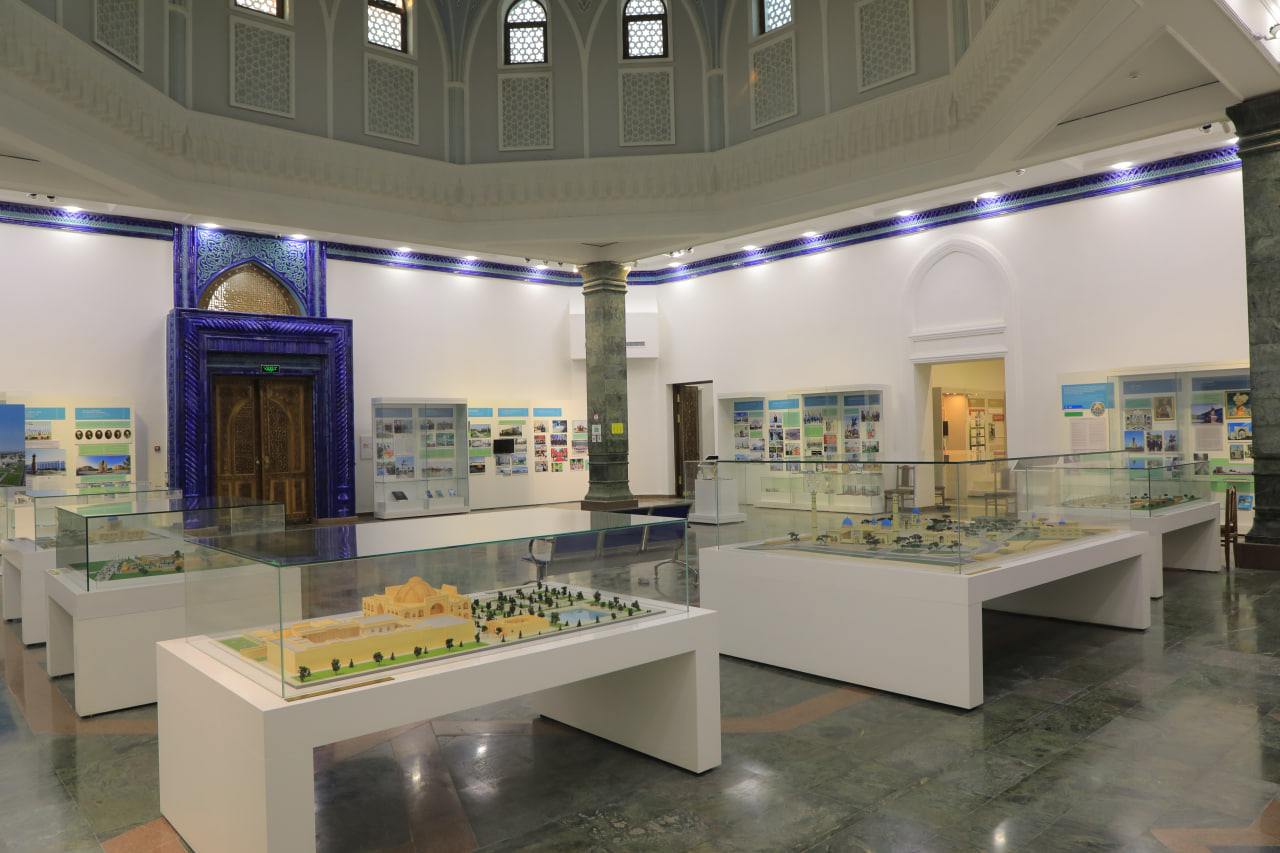
SECTION 3: The Termination of the Turkestan Autonomous Government and the Beginning of the Repressive Policy of the Soviet State (1917–1924)
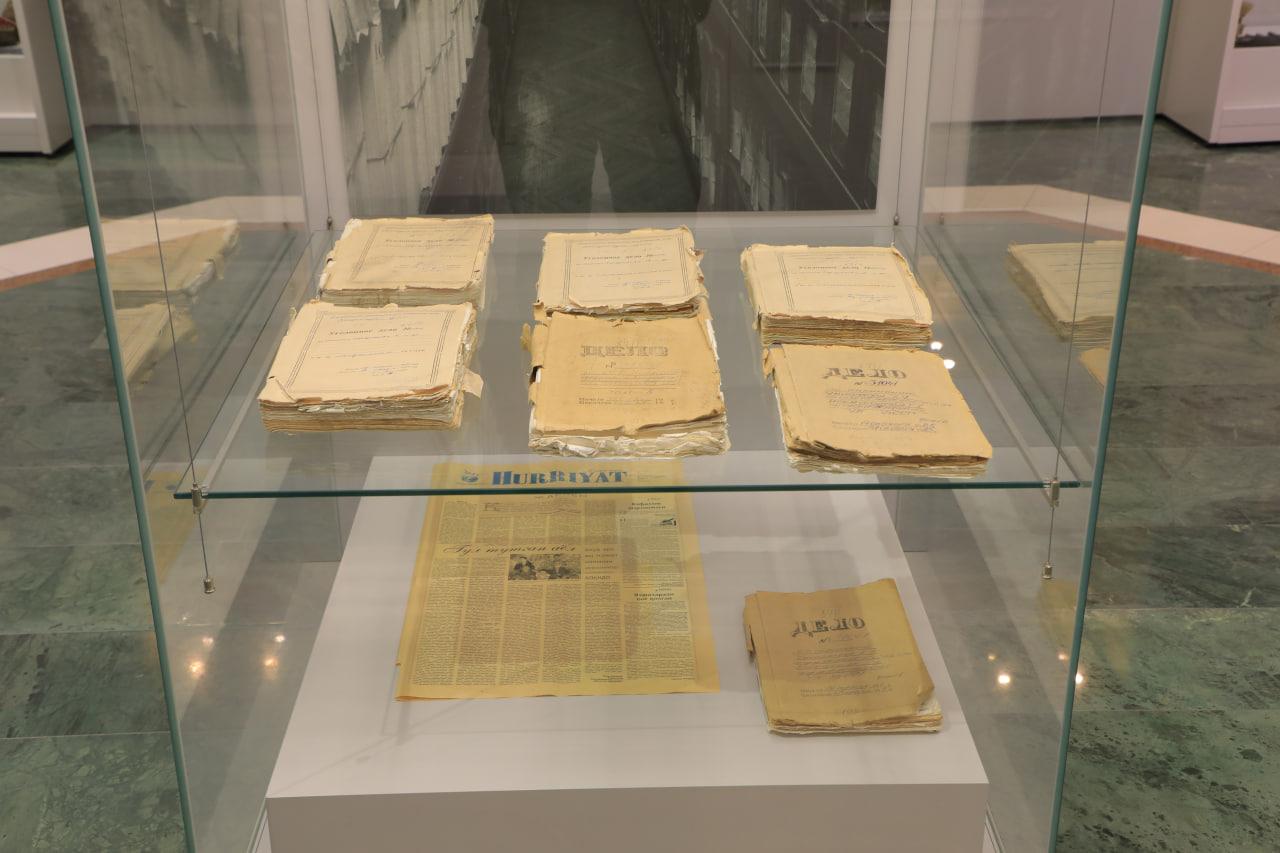
On May 12, 2000, the ceremonial opening of the memorial complex "Memorial of Martyrs" established in the Yunusabad district of Tashkent was a great event in the social, cultural and spiritual life of the country and people. became one of the places that serve to educate in the spirit.
On the basis of the Decree of the First President of the Republic of Uzbekistan I.A. Karimov dated May 1, 2001 "On establishing the day of commemoration of the victims of repression", the museum "Memorial of the victims of repression" was established in the memorial complex "Memorial of the Martyrs".
The museum was solemnly opened on August 31, 2002 - on the "Remembrance Day of Repression Victims", which was celebrated for the first time in the country.
SECTION 4: Movements of Resistance to Oppression and Occupation and Armed Uprisings in the Central Asian Region (1918–1924)
The violence of the Soviet government was the reason for the people's sharp opposition and protest. An armed resistance movement against the Soviet authorities began throughout the country. This movement took a sharp and massive form, especially in the Fergana Valley. The resistance movement was led by local captains such as Madaminbek, elder Ergash, Shermuhammadbek. The exhibition shows the foci of the armed resistance movement against the Soviet government in Turkestan, which began in February 1918 and continued until 1924.
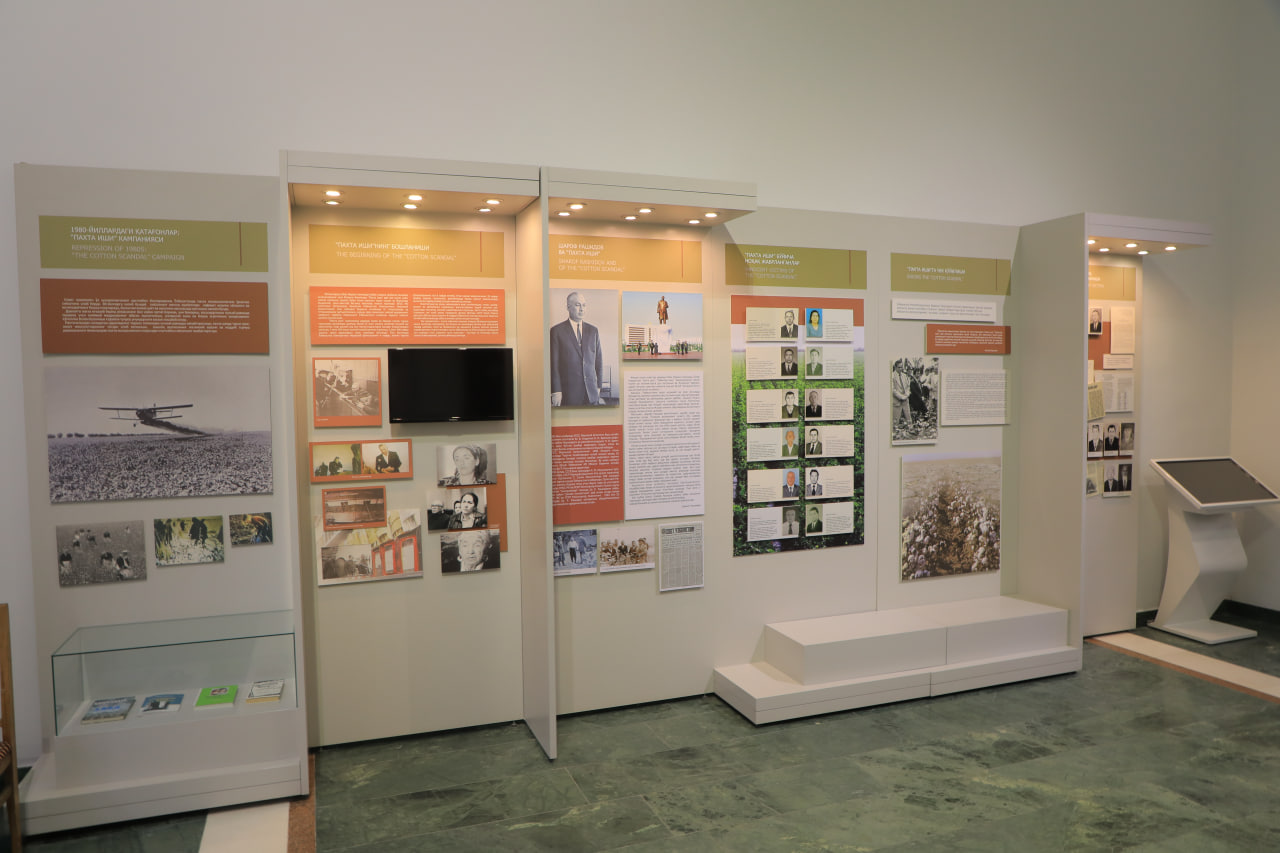
SECTION 5: The policy of "collectivization" and "declaration" of the Soviet government, its tragic consequences (1930-1936)
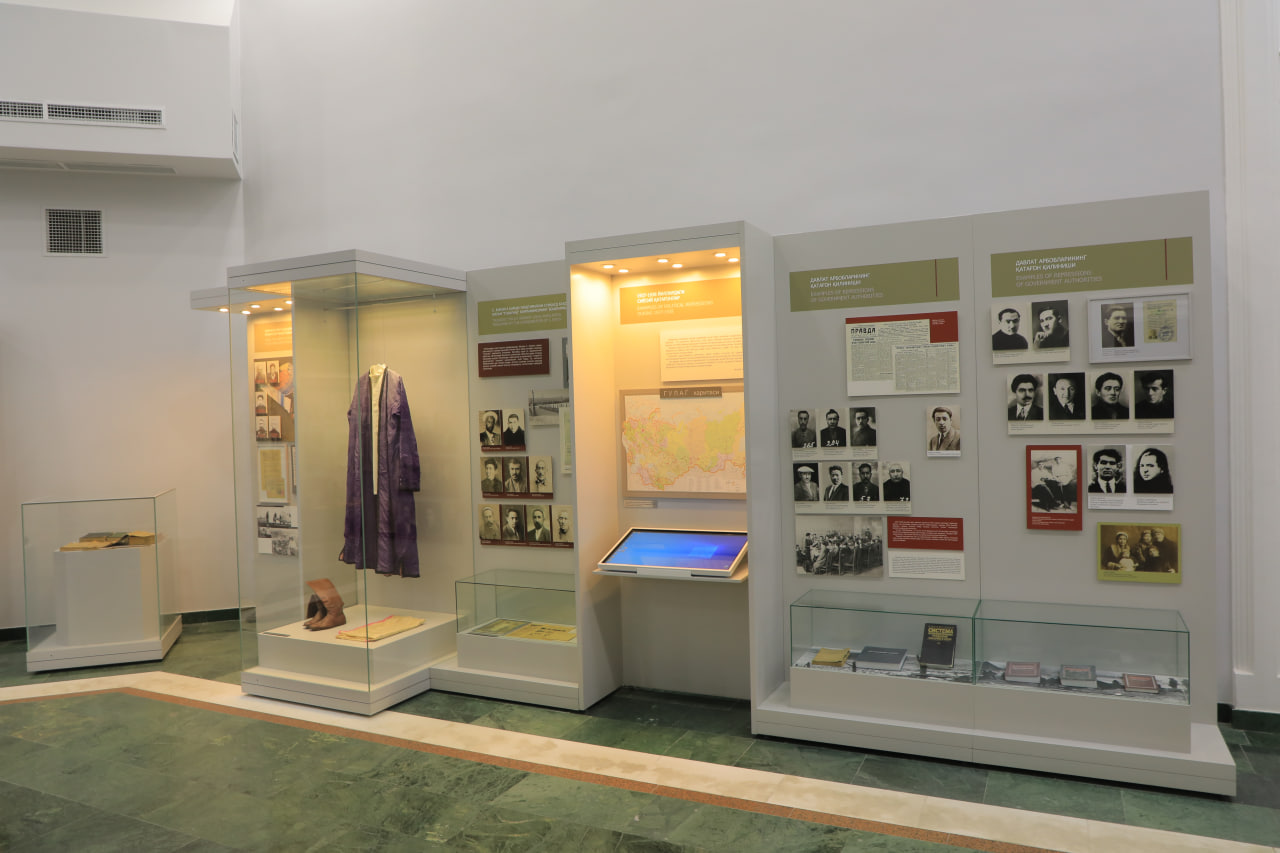
This section is devoted to the repressive policy of the Soviet government in the economic sphere. During the implementation of the policy of land and water reform, collectivization, liquidation of private property, establishment of state monopoly in industry and agriculture carried out by the Soviet authorities in the late 20s and early 30s, a campaign of "eavesdropping" was carried out. the Bolsheviks seized the land and water of thousands of households. According to the information recorded in the exposition, the Soviet authorities controlled not only large landowners, but also artisans, merchants, renters of property and tools, entrepreneurs who used hired labor, middle-class farmers, and religious scholars who owned private means of production. He was deprived of his place, his property, and expelled from his country as a "kulak" along with his family members. It contains the addresses of "kulaks" exiled from Uzbekistan and to Central Asia, 5 maps showing the directions of exile, the train car in which the "kulaks" were taken to exile, and models of the cellars where they lived. . The video materials included in the exhibition contain the memories of the children of the families who were "eared" and provide information about the difficult conditions in which they lived and worked.
SECTION 6: Political repression in the early 1930s (1929–1936)
By the beginning of the 1930s, the administrative-command system was firmly established, and efforts were made to widely promote the Bolshevik ideology. It was during this period that the persecution and pressure against the people who opposed this ideology and the unscientific, inhumane and illegal reforms carried out by the Soviet authorities in the socio-economic and spiritual spheres intensified. In particular, intellectuals who came up with national ideas against the Bolshevik ideology, participants of the resistance movement of 1918-1924, and their relatives were repressed by the Soviet authorities. Repressed people were mobilized for construction work in difficult areas, in particular, for the short term completion of huge constructions, such as "Belomorkanal", "Belbaltlag", "Dmitlag", which were built mainly by the labor of prisoners. Section 6 of the museum sheds light on these processes.
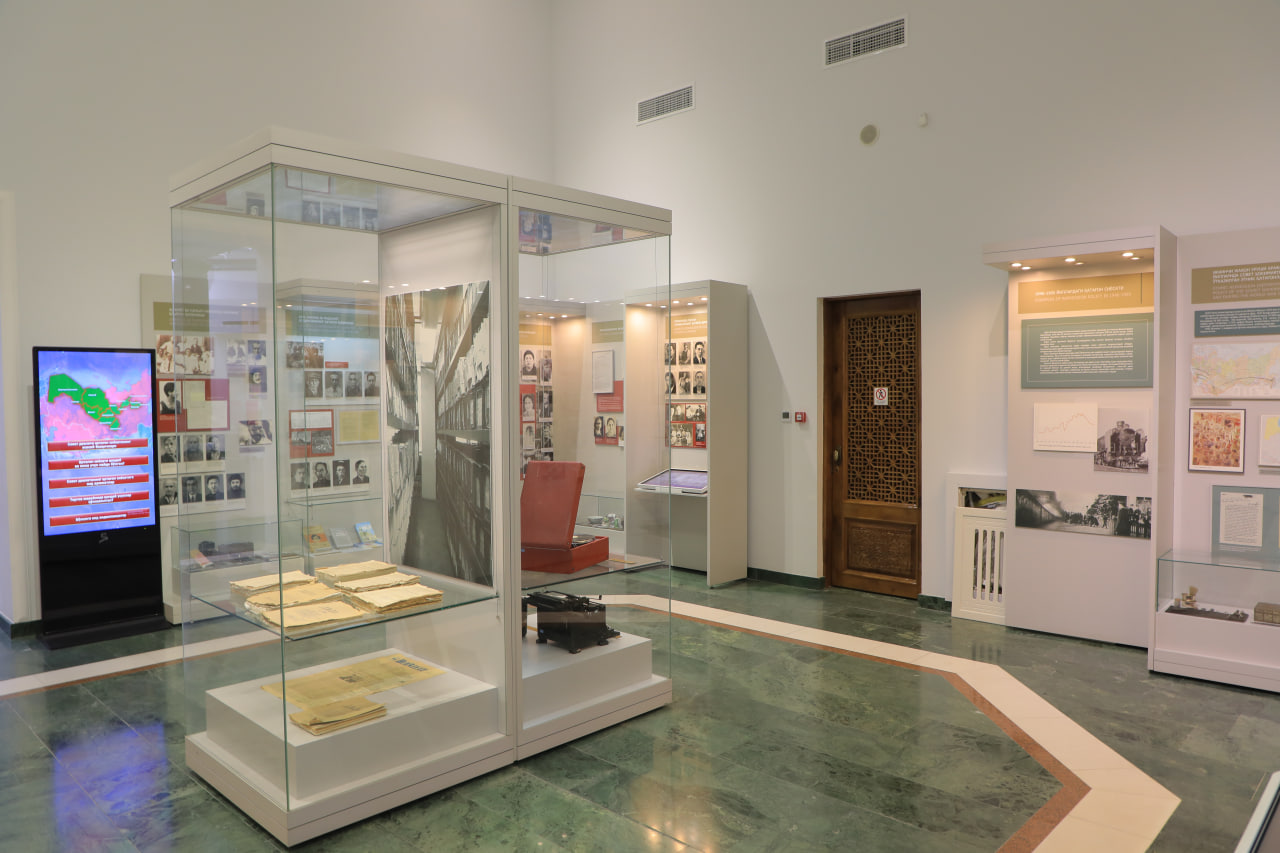
SECTION 7: Political repressions in 1937-1938
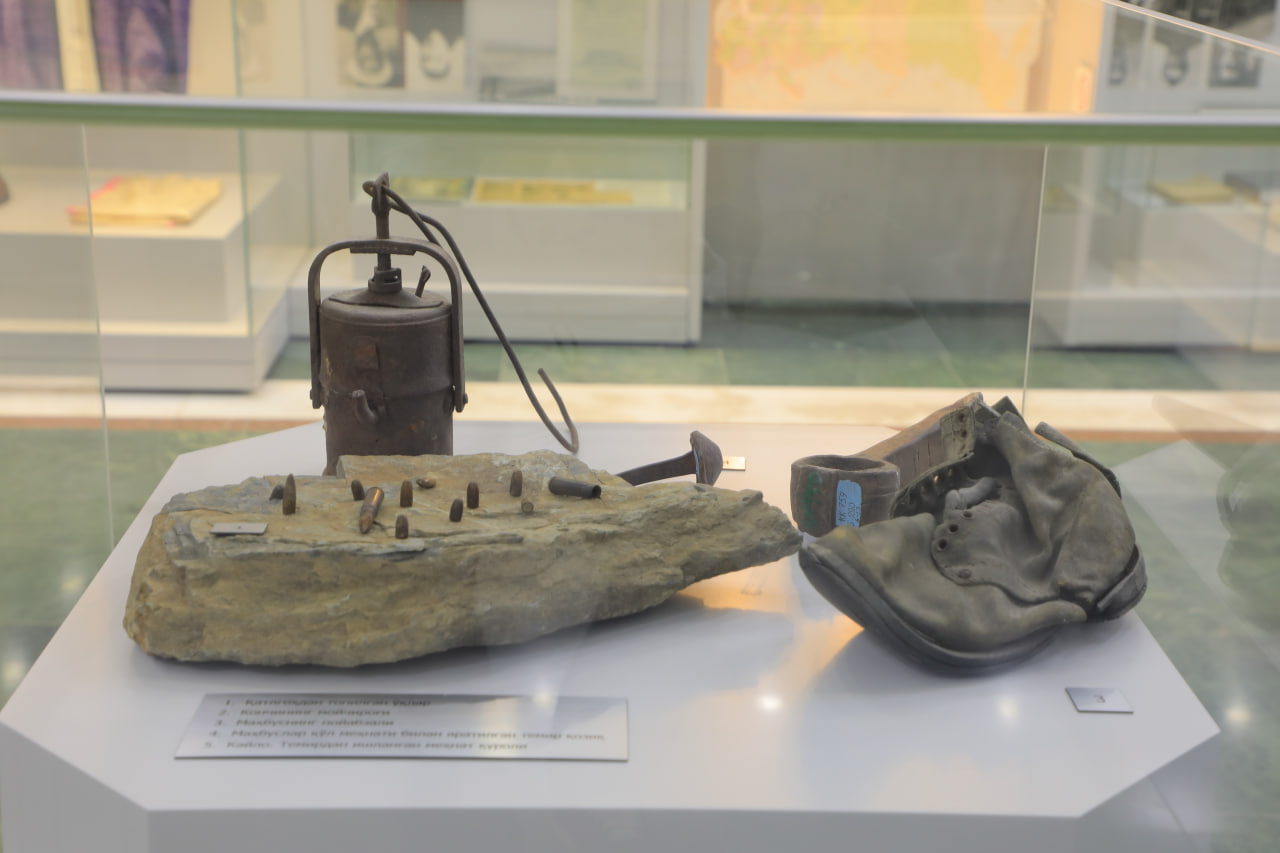
The political repressions carried out by the Soviet authorities under the leadership of I.V. Stalin in 1937-1938 were one of the most terrible tragedies in human history. During this period, an unprecedented scale of repression was carried out in order to put an end to any dissenting thinking and behavior against the Soviet government and its ideology, to keep the people in trouble, and to turn the party and government bodies into an army of unquestioningly obedient cadres. escalated his politics. This wave of repression was first of all aimed at state leaders, party and government bodies, and responsible personnel in institutions. In this process in Uzbekistan, the most advanced, active, educated and organizing national cadres, intellectuals, educational and cultural workers, scientists, intellectuals, writers of that time became the victims of infamous repression. Stalin's government dragged not only them, but also their family members into a vortex of repression. The expositions of the department include the members of his family who were repressed together with the famous statesman Fayzulla Khojayev, as well as the wives of public figures such as Cholpon, Fitrat, Akbar Rustamov, Abdulhai Tajiyev, who were repressed in these years, in 1922 There are pictures of students sent to study in Germany, as well as pictures of representatives of various spheres that were repressed during this period - statesmen, representatives of literature and art, science and education workers, representatives of various spheres of the national economy.
SECTION 8: Political repressions in the 1940s and 1950s
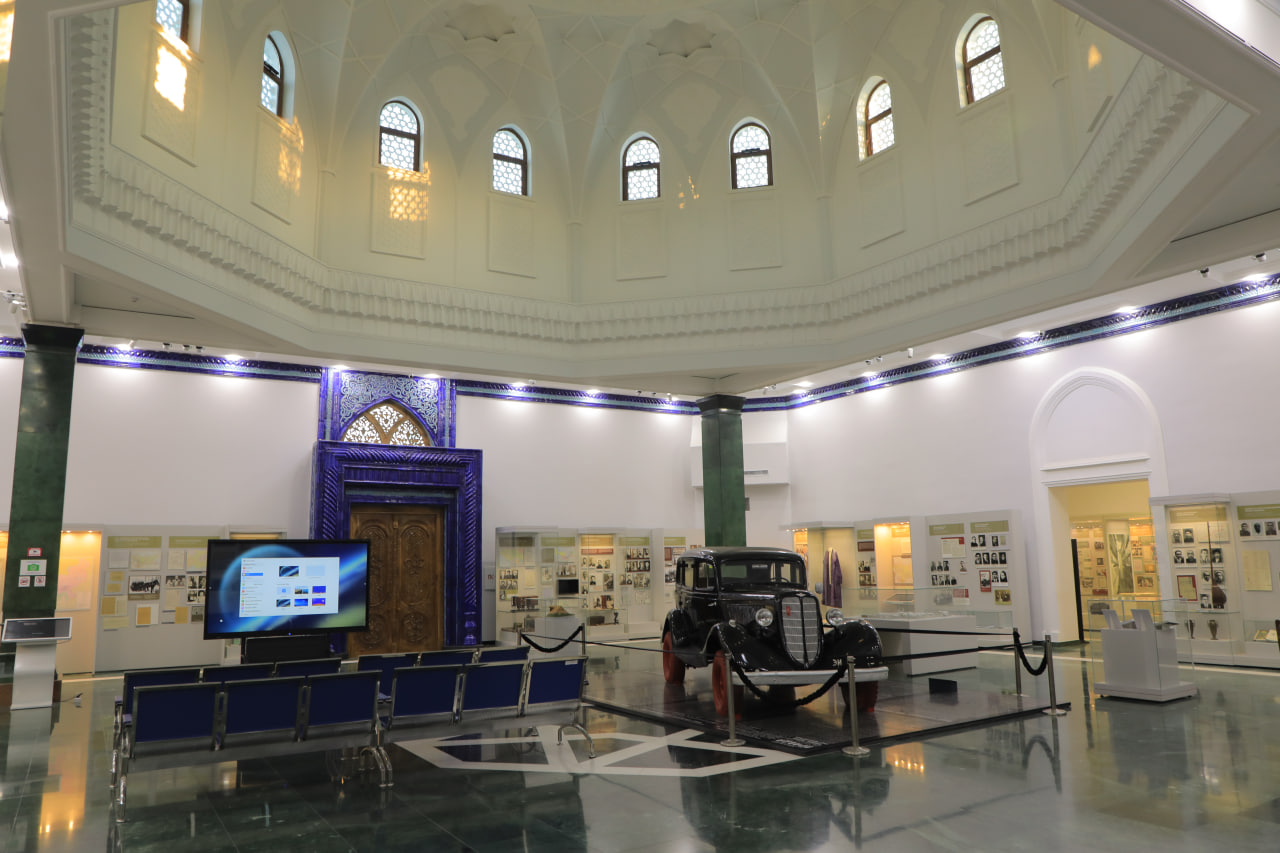
In 1937-1938, the political repressions carried out by the Soviet government under the leadership of I.V.Stalin were the worst in human history. The Second World War in 1939-1945 was one of the most terrible tragedies in human history. On June 22, 1941, Hitler's Germany suddenly attacked the USSR. Along with the nations that were part of the Soviet Union, Uzbeks were involved in the war against fascism. From the first days of the war, the Uzbek people mobilized all their strength to win over fascism. The war destroyed the country's economy and made his life difficult. Martial law was introduced in the country and all resources were directed to the interests of defense. But even in such difficult days, the repressive policy of the Soviet authorities did not stop. On the eve of the war and during the years of the war, the Soviet government started ethnic repression against the peoples living in the border areas under a new pretext, namely, "not to allow the sentiment of sympathy for fascism." In this process, Koreans, Crimean Tatars, Meskhetian Turks, Poles, Povolje Germans and other peoples living in the border areas with countries such as Japan, Turkey, and Poland were forced from their homelands to other countries, especially Uzbekistan, completely without grounds and illegally. was deported to the territory. It was the Uzbek people's responsibility to provide them with housing, work, land and food. It was one of the tragedies. During this period, an unprecedented scale of repression was carried out in order to put an end to any dissenting thinking and behavior against the Soviet government and its ideology, to keep the people in trouble, and to turn the party and government bodies into an army of unquestioningly obedient cadres. escalated his politics. This wave of repression was first of all aimed at state leaders, party and government bodies, and responsible personnel in institutions. In this process in Uzbekistan, the most advanced, active, educated and organizing national cadres, intellectuals, educational and cultural workers, scientists, intellectuals, writers of that time became the victims of infamous repression. Stalin's government dragged not only them, but also their family members into a vortex of repression. The expositions of the department include the members of his family who were repressed together with the famous statesman Fayzulla Khojayev, as well as the wives of public figures such as Cholpon, Fitrat, Akbar Rustamov, Abdulhai Tajiyev, who were repressed in these years, in 1922 There are photos of students sent to study in Germany, as well as photos of representatives of various spheres that were repressed during this period - statesmen, representatives of literature and art, science and education workers, representatives of various spheres of the national economy.
SECTION 9: Repression in the 1980s: The Cotton Campaign
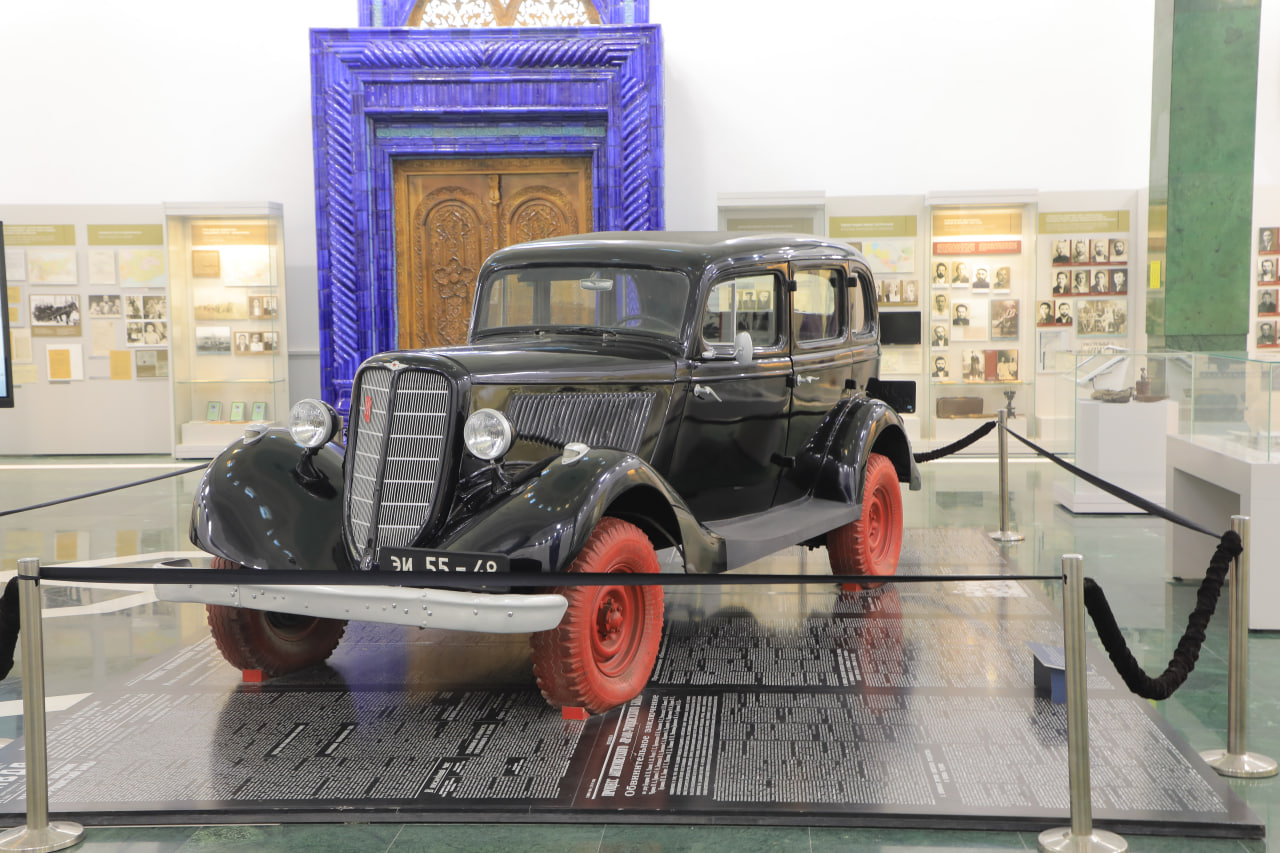
In the expositions of this department, the sad consequences of the cotton monopoly policy of the Soviet government, the disruption of the balance of nature as a result of the drying up of the Aral Sea, and the impact of the ecological tragedy on human health are shown with the help of diagrams. In the 80s of the 20th century, a new stage of mass repressions against the Uzbek people began by the former Center, and through this political campaign called the "Cotton Case", various slanders and slanders were poured on the honor of the Uzbek people, and thousands were killed. Innocent people were punished, the petitions written by the victims of the "cotton case" seeking justice, the sufferings during the investigation process and the organized harassment against the families were recorded. Islam Karimov's efforts to acquit the victims of the "cotton case" and to restore justice in Kashkadarya region are reflected in 1986.
SECTION 10: Restoration of historical justice, perpetuation of the memory of repression victims, preservation and development of national values during the years of independence (the period after 1991)
